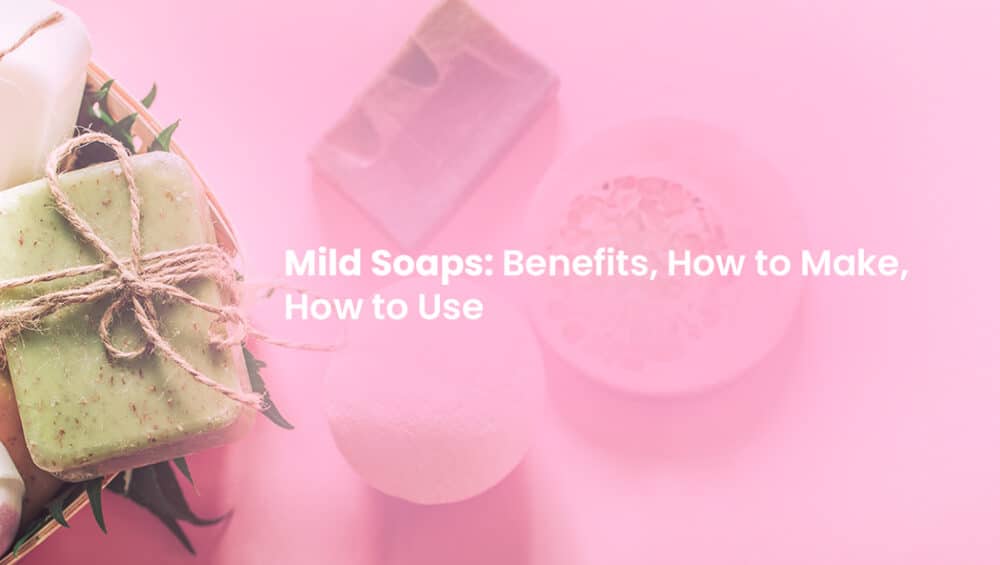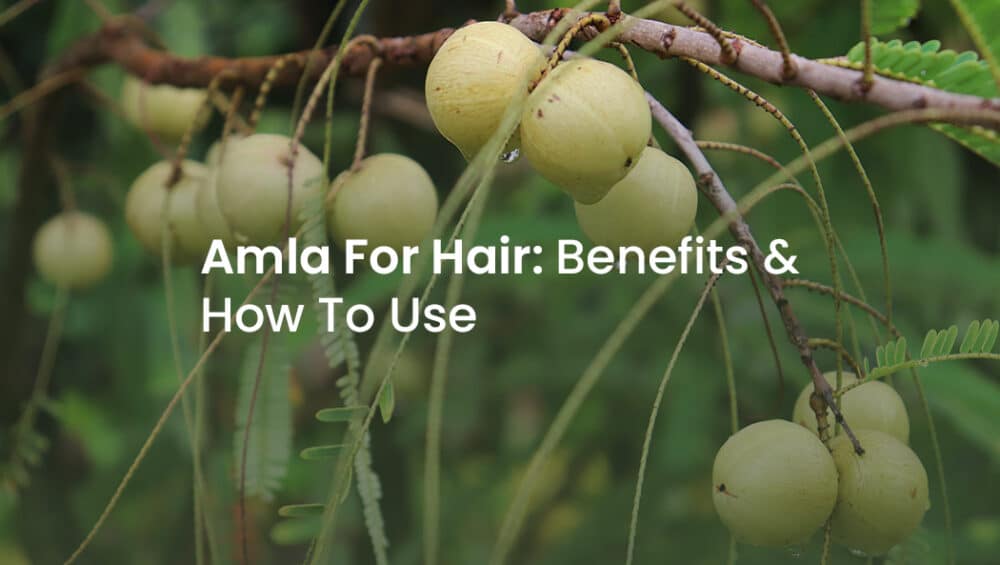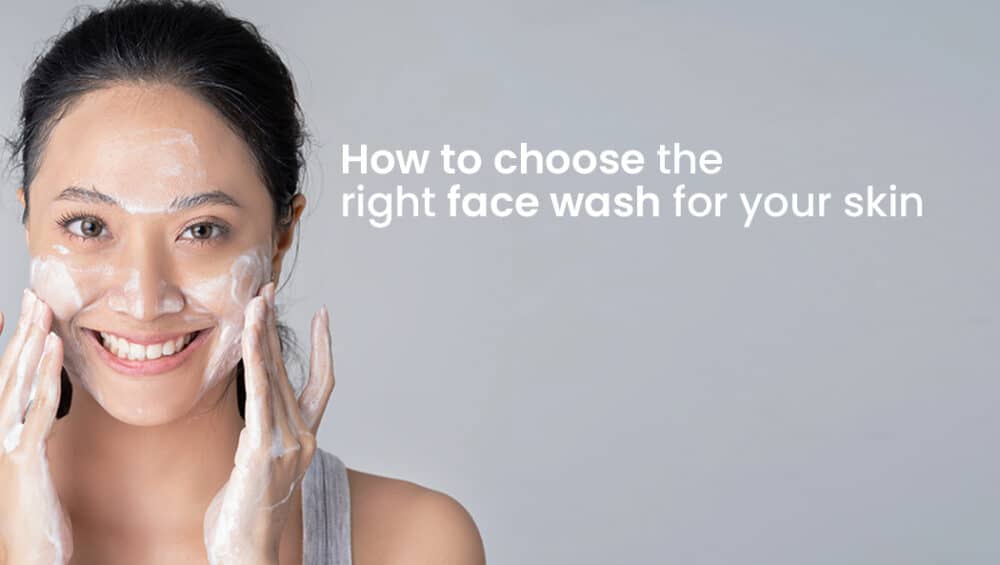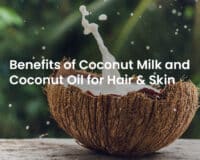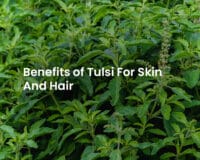Mild Soaps: Benefits, How to Make, How to Use
Mild soaps have gained a lot of popularity in recent years, as people are becoming more aware of the harmful effects of harsh chemicals present in regular soaps. Mild soaps are gentle on the skin and provide a lot of benefits, making them an excellent choice for people of all ages. In this blog, we will discuss what mild soaps are, their benefits, the ingredients used in them, how to make them at home, how to use them, and the difference between mild soaps and regular soaps.
What are mild soaps?
Mild soaps are soaps that are gentle and non-irritating to the skin. They are typically made with natural ingredients and do not contain harsh chemicals or fragrances that can cause dryness, itching, or irritation. Mild soaps are suitable for people with sensitive skin or those who want to avoid harsh chemicals and additives in their personal care products.
Mild soaps are generally pH-balanced to match the natural pH of the skin, which is slightly acidic. This helps to maintain the skin’s natural moisture barrier and prevent dryness. They are also typically free of harsh detergents, such as sodium lauryl sulfate, which can strip the skin of its natural oils and cause irritation.
Some common ingredients in mild soaps include glycerin, a natural humectant that helps to moisturize the skin; coconut oil or olive oil, which are gentle and nourishing; and aloe vera, which has soothing and healing properties. Mild soaps may also contain natural fragrances, such as essential oils, that provide a subtle and pleasant scent without causing irritation.
Overall, mild soaps are a great choice for people with sensitive or dry skin or those who want to avoid harsh chemicals in their personal care products. They are gentle, nourishing, and effective at cleaning the skin without causing irritation or dryness.
What are the benefits of mild soaps?
Mild soaps offer several benefits for the skin, which is why they are often recommended by dermatologists and skincare experts. Here are some of the main benefits of using mild soaps:
- Gentle cleansing: Mild soaps are formulated to clean the skin without stripping it of its natural oils or causing irritation. They are especially suitable for people with sensitive or dry skin, as they do not contain harsh detergents or fragrances that can exacerbate these conditions.
- Moisturizing: Many mild soaps contain natural ingredients such as glycerin or coconut oil, which help to moisturize the skin and prevent dryness. By using a mild soap, you can keep your skin hydrated and soft without the need for additional moisturizers.
- pH-balanced: Mild soaps are usually pH-balanced to match the slightly acidic pH of the skin. This helps to maintain the skin’s natural moisture barrier and prevent dryness, itching, and irritation.
- Non-irritating: Unlike regular soaps, which may contain harsh chemicals or fragrances that can cause skin irritation, mild soaps are formulated with gentle, non-irritating ingredients. This makes them a great choice for people with sensitive skin or conditions like eczema or psoriasis.
- Versatile: Mild soaps can be used for a variety of purposes, including hand washing, body cleansing, and even shaving. They are also suitable for all skin types and can be used by both adults and children.
- Natural ingredients: Many mild soaps are made with natural ingredients, which means that they are environmentally friendly and free from harmful chemicals. This makes them a great choice for people who are concerned about their impact on the planet and their personal health.
In summary, mild soaps offer a range of benefits for the skin, including gentle cleansing, moisturizing, pH-balancing, non-irritating, versatility, and natural ingredients. By using mild soap, you can keep your skin healthy and looking its best.
What are the ingredients used in mild soaps?
Mild soaps are those that are gentle on the skin and do not cause any irritation or dryness. These types of organic soaps are often recommended for people with sensitive skin or for daily use. The ingredients used in mild soaps are carefully selected to ensure that they do not cause any harm to the skin. In this article, we will discuss the ingredients commonly used in mild soaps.
Coconut Oil
Coconut oil is a popular ingredient in mild soaps due to its moisturizing properties. It contains fatty acids that can help keep the skin hydrated and prevent dryness. Coconut oil is also known for its antibacterial and antifungal properties, which can help fight off skin infections.
Olive Oil
Olive oil is another common ingredient in mild soaps. It is rich in antioxidants and fatty acids, which can help nourish and protect the skin. Olive oil is also known for its anti-inflammatory properties, which can help soothe irritated skin.
Castor Oil
Castor oil is a vegetable oil that is commonly used in mild soaps. It is rich in fatty acids and has moisturizing properties that can help keep the skin hydrated. Castor oil is also known for its antibacterial properties, which can help prevent skin infections.
Shea Butter
Shea butter is a popular ingredient in mild soaps due to its moisturizing and anti-inflammatory properties. It is rich in vitamins and fatty acids, which can help nourish and protect the skin. Shea butter is also known for its ability to soothe irritated skin and improve skin elasticity.
Glycerin
Glycerin is a natural humectant that is commonly used in mild soaps. It helps to attract moisture to the skin, keeping it hydrated and soft. Glycerin soap is also known for its ability to soothe irritated skin and improve skin elasticity.
Aloe Vera
Aloe vera is a natural ingredient that is commonly used in mild soaps. It is known for its anti-inflammatory and moisturizing properties, which can help soothe and hydrate the skin. Aloe vera is also rich in vitamins and antioxidants, which can help protect the skin from damage.
Chamomile
Chamomile is a natural ingredient that is often used in mild soaps for its calming and soothing properties. It is known for its anti-inflammatory properties and can help reduce redness and irritation on the skin.
All these ingredients used in mild soaps are carefully selected to ensure that they are gentle on the skin. These ingredients are often rich in fatty acids, vitamins, and antioxidants, which can help nourish, protect, and hydrate the skin. By using mild soaps, you can help keep your skin healthy and free from irritation.
Read Also: Why aloe vera is good for skin and hair
How to make mild soaps at home?
Mild soaps are gentle on the skin, making them an ideal option for people with sensitive skin. The good news is that you can make mild soaps at home using natural ingredients. In this guide, we will take you through the step-by-step process of making mild soaps.
Here’s what you’ll need:
- A soap base: You can buy a pre-made soap base from a craft store or online, or you can make your own using lye and oils.
- Oils: Olive oil, coconut oil, and castor oil are all great options for making mild soaps.
- Essential oils: Essential oils add fragrance to your soap and can also have therapeutic benefits.
- Dried herbs or flowers (optional): Dried herbs or flowers can add color and texture to your soap.
Step 1: Melt the Soap Base
If you’re using a pre-made soap base, melt it in a double boiler or microwave. If you’re making your own soap base using lye and oils, follow a recipe to make the base first.
Step 2: Add Oils
Once the soap base is melted, add your oils. A good ratio to start with is 2 parts coconut oil, 2 parts olive oil, and 1 part castor oil. You can adjust this ratio to your liking, but keep in mind that too much coconut oil can make the soap too drying.
Step 3: Add Essential Oils and Herbs
Now it’s time to add your essential oils and dried herbs or flowers (if using). Start with a few drops of essential oils and mix well. If you want a stronger scent, add more. For herbs, you can use a few teaspoons of dried herbs or flowers per pound of soap base. Mix well.
Step 4: Pour the Soap into Molds
Pour the soap mixture into molds. You can use silicone molds, plastic molds, or even lined cardboard boxes. Tap the molds gently on a hard surface to remove any air bubbles.
Step 5: Let the Soap Set
Let the soap set for several hours or overnight. Once the soap is firm, you can remove it from the molds.
Step 6: Cut the Soap
Cut the soap into bars using a sharp knife or soap cutter. If the soap is still too soft to cut, let it sit for a little longer.
Step 7: Let the Soap Cure
Curing is an important step in the soap-making process. It allows the soap to dry out and become harder, which makes it last longer. To cure the soap, place it on a drying rack in a cool, dry place. Let it cure for at least 4-6 weeks.
That’s it! With these simple steps, you can make your own mild soaps at home using natural ingredients. Once you’ve mastered the basic process, you can experiment with different oils, scents, and textures to create your own unique soap recipes.
How to use mild soaps?
Mild soaps are gentle on the skin, making them an ideal option for people with sensitive skin. However, it’s important to use mild soaps correctly to get the most benefit from them. Here are some tips for using mild soaps effectively:
- Wet your skin: Before applying the soap, wet your skin with warm water. This will help the soap lather and spread more easily.
- Apply the soap: Apply a small amount of mild soap to your hands or a washcloth. Rub the soap gently onto your skin in a circular motion, focusing on areas that tend to get oily or dirty.
- Rinse off: Rinse the soap off with warm water. Make sure you rinse thoroughly, so there is no soap residue left on your skin.
- Pat dry: Use a clean towel to pat your skin. Avoid rubbing your skin with the towel, as this can cause irritation.
- Moisturize: After using a mild soap, it’s important to moisturize your skin. Mild soaps can strip away some of the natural oils in your skin, so moisturizing can help restore these oils and keep your skin hydrated. Use a gentle moisturizer that is free of fragrances and other irritating ingredients.
Here are a few additional tips for using mild soaps:
- Don’t use too much soap: Using too much soap can strip your skin of its natural oils, causing dryness and irritation. Use a small amount of soap, just enough to create a gentle lather.
- Use mild soaps for your face: The skin on your face is more delicate than the skin on the rest of your body. Use a mild soap specifically formulated for the face to avoid irritation.
- Avoid harsh soaps: Some soaps contain harsh ingredients like sulfates and synthetic fragrances that can irritate the skin. Look for mild soaps that are free of these ingredients.
- Check the pH level: The pH level of a soap can affect how well it works on your skin. Mild soaps typically have a pH level close to that of your skin, which can help maintain your skin’s natural moisture balance.
Mild soaps are a great option for people with sensitive skin, but it’s important to use them correctly to avoid irritation and dryness. Follow these tips to get the most benefit from your mild soap and keep your skin looking and feeling its best.
Mild soaps vs Regular soaps
Mild soaps are gentle on the skin, making them an ideal option for people with sensitive skin. Regular soaps, on the other hand, are formulated for general use and may contain harsh ingredients that can be irritating to some people. Here are some key differences between mild soaps and regular soaps:
- Ingredients: Mild soaps typically contain natural ingredients like olive oil, coconut oil, and shea butter. These ingredients are gentle on the skin and can help moisturize and nourish it. Regular soaps may contain synthetic ingredients like sulfates, artificial fragrances, and preservatives, which can be irritating to some people.
- pH level: The pH level of a soap can affect how well it works on your skin. Mild soaps typically have a pH level close to that of your skin, which can help maintain your skin’s natural moisture balance. Regular soaps, on the other hand, may have a higher pH level, which can be too alkaline for some people’s skin.
- Lather: Mild soaps may not produce as much lather as regular soaps, but this doesn’t mean they are less effective. In fact, the lather from regular soaps can be caused by harsh surfactants, which can strip your skin of its natural oils and cause dryness.
- Fragrance: Mild soaps are often free of synthetic fragrances, which can be irritating to some people. Instead, they may contain natural fragrances from essential oils or herbs. Regular soaps may contain synthetic fragrances, which can cause allergic reactions or skin irritation.
- Purpose: Mild soaps are specifically formulated for people with sensitive skin or skin conditions like eczema or psoriasis. Regular soaps are formulated for general use and may not be suitable for people with sensitive skin.
In summary, mild soaps are gentler on the skin than regular soaps because they contain natural ingredients, have a pH level close to that of your skin, and are free of harsh surfactants and synthetic fragrances. If you have sensitive skin or skin conditions, using a mild soap may help prevent irritation and dryness. However, if you have normal skin, regular soap may be just fine for you. It’s important to choose a soap that works best for your skin type and needs.
Conclusion
In conclusion, mild soaps are a great option for people with sensitive skin, as they are gentle and nourishing. They contain natural ingredients and are free of harsh surfactants and synthetic fragrances that can be irritating to the skin. Mild soaps also have a pH level close to that of the skin, which helps maintain the skin’s natural moisture balance. Overall, using mild bath soaps can help keep your skin healthy and looking its best, especially if you have sensitive skin. So give them a try and see how they can benefit your skin.






